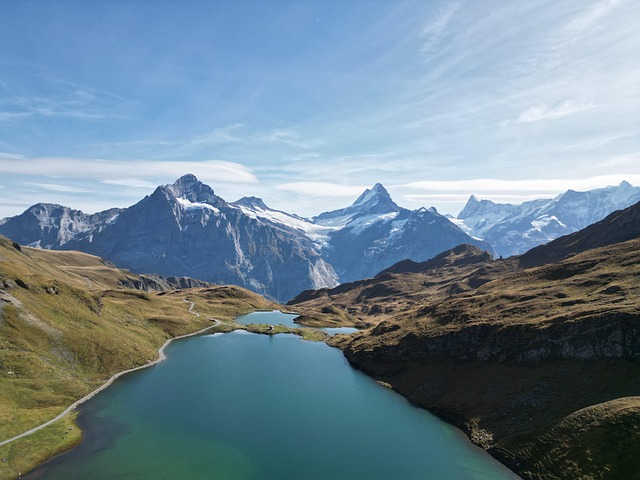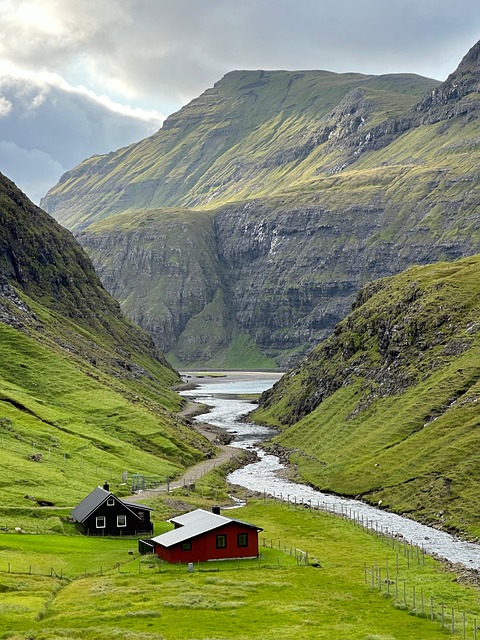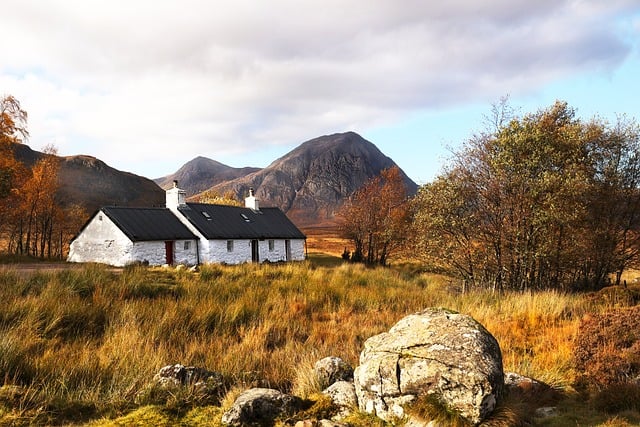Pine-enveloped communities are gaining popularity in the real estate market as buyers seek serene, natural living environments offering tranquility, increased property values, and enhanced well-being. These scenic neighborhoods appeal to health-conscious individuals and families escaping urban hustle, featuring private sanctuaries, winding roads, and easy access to outdoor activities. The trend presents significant growth potential for developers and investors focusing on infrastructure improvements.
Residential neighborhoods nestled among towering pines offer a unique allure in the real estate market. These pine-enveloped communities provide a sense of seclusion and serenity, attracting buyers seeking tranquility away from bustling urban life. This article explores the distinctive features that define pine neighborhoods, their growing popularity, and the emerging market trends shaping real estate opportunities in these enchanting settings. Discover why these areas are becoming top choices for those seeking a peaceful retreat.
The Allure of Pine-Enveloped Communities in Real Estate

The allure of pine-enveloped communities has long captivated real estate enthusiasts and buyers seeking a unique, serene living environment. This natural setting offers more than just picturesque landscapes; it promises a lifestyle steeped in tranquility and connection to nature. The gentle rustle of pine needles and the majestic presence of towering trees create an atmosphere that fosters relaxation and a sense of peace.
In real estate terms, these residential neighborhoods among pines offer diverse benefits. They appeal to those seeking escape from urban hustle and bustle, providing a sanctuary where one can reconnect with the natural world. The beauty of these locations often translates into increased property values, making them desirable investments. Moreover, the peaceful ambiance enhances overall well-being, attracting individuals and families who prioritize a healthier, more balanced lifestyle within their living spaces.
Creating a Sense of Seclusion and Serenity: Features of Pine Neighborhoods

In the realm of real estate, residential neighborhoods among pines offer a unique blend of tranquility and beauty that captivates potential homeowners. The very presence of towering pine trees creates an immediate sense of seclusion, shielding homes from bustling exterior noises and offering residents a private sanctuary. These tree-lined avenues provide a serene ambiance, where the gentle rustling of leaves becomes the dominant soundtrack, fostering a peaceful atmosphere.
The design of such neighborhoods often incorporates natural features to enhance this tranquil setting. Wide, winding roads meander through the pine forests, allowing ample space for homes to be nestled among the towering greenery. Walkways and scenic trails crisscross the landscape, inviting residents to explore their surroundings and connect with nature. This seamless integration of architecture and natural beauty contributes to a sense of serenity and relaxation, making these neighborhoods highly desirable in today’s fast-paced world.
Market Trends and Opportunities in Pine Residential Areas

The real estate market in pine-surrounded residential areas has been experiencing a surge in popularity, offering both established residents and prospective buyers unique opportunities. The appeal of living among pines creates a distinct and tranquil atmosphere, driving demand for properties in these scenic locations. As such, developers and investors are recognizing the potential for growth, particularly as urban dwellers seek more natural environments. This trend translates into opportunities for those looking to build, expand, or invest in real estate within these pine-filled neighborhoods.
These areas often provide a peaceful lifestyle with easy access to outdoor activities, making them attractive for families, retirees, and nature enthusiasts alike. The market trends suggest that properties with well-maintained landscapes and proximity to local amenities can command premium prices. As a result, there is a growing focus on enhancing infrastructure and services in these regions, further fueling the real estate opportunities and potential for community development.






